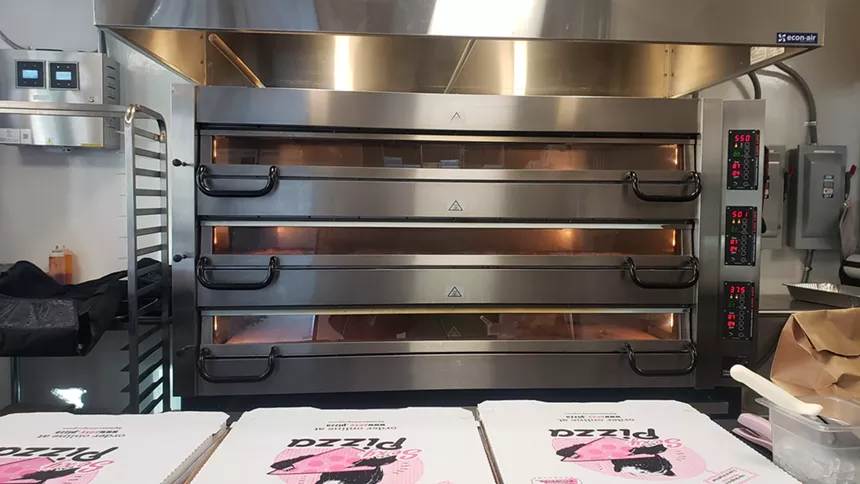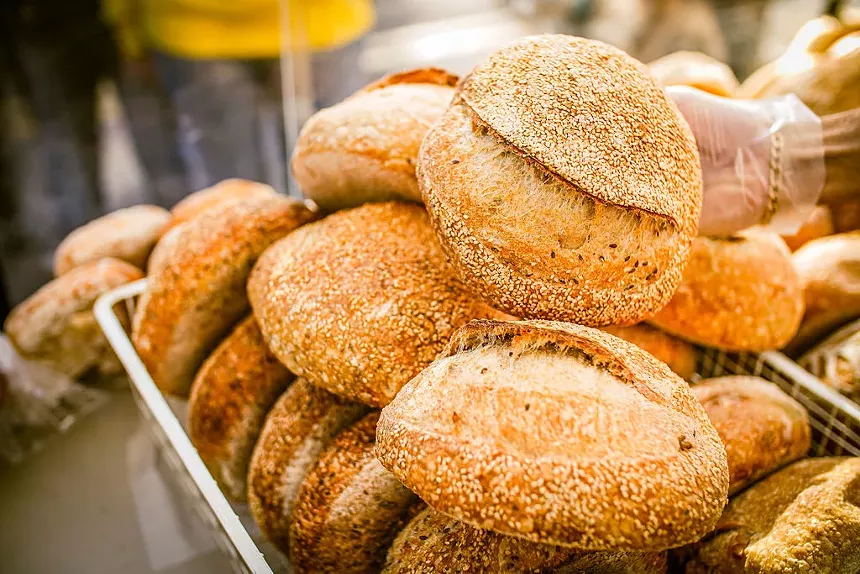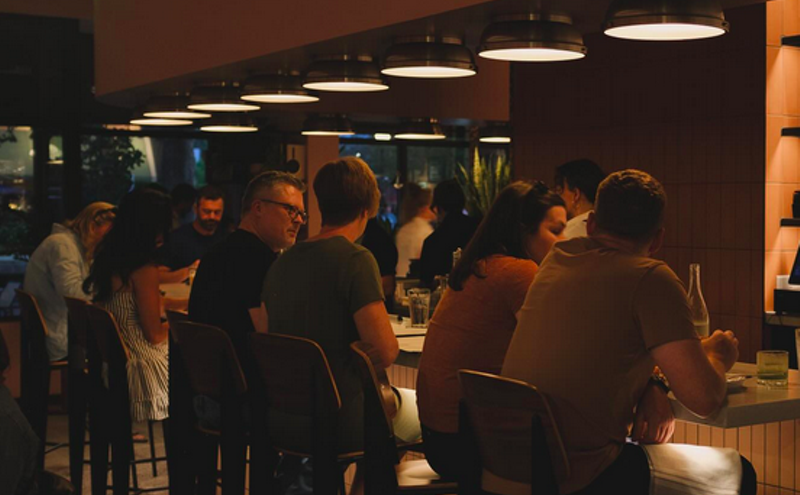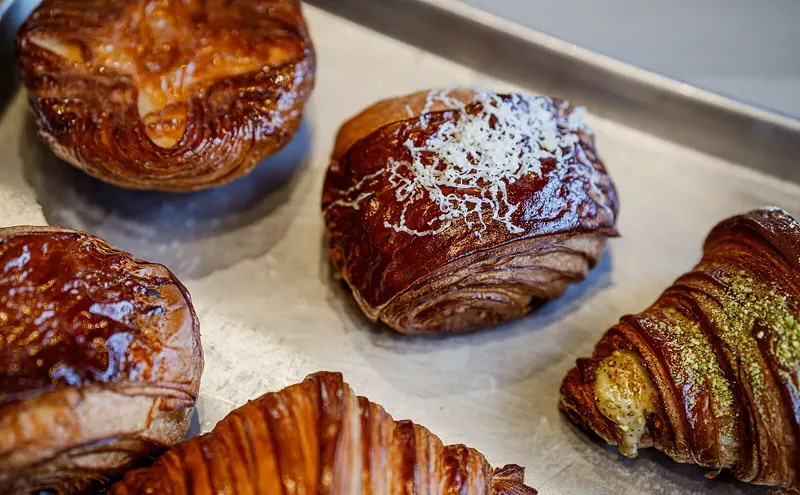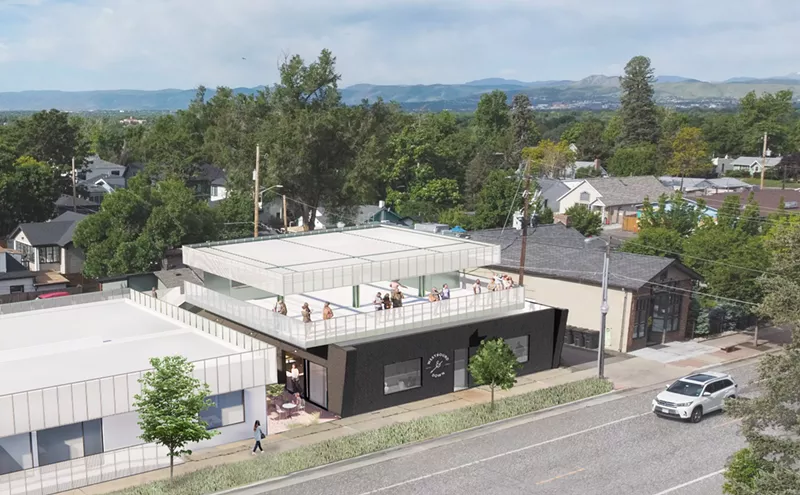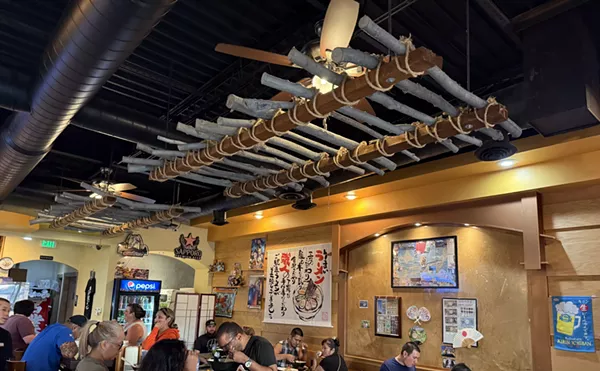While the television series The Bear portrayed frenzied, sweaty restaurant workers shouting over roaring vents and grills, the kitchens at Michelin-starred restaurants are often quiet enough that the head chef can call out orders without yelling. Part of the reason is that fine-dining kitchens almost exclusively use electric-powered appliances instead of gas.
“Molecular gastronomy is driven by precision and control cooking techniques,” says chef Andrew Forlines, an appliance technology consultant and founder of Appliance Academy. He started his culinary apprenticeship at the Broadmoor Hotel when he was eighteen years old and has staged in modernist restaurants such as Alinea and Moto in Chicago. Today he's an appliance selection consultant who works with chefs and home cooks.
Since Forlines’s time in haute cuisine nearly a decade ago, the industry has taken notice of kitchen electrification. “I’ve seen quite a bit more inquiry into electric-fire equipment recently,” says Greg Huff, territory manager at Ignite Food Service, a commercial food-service equipment manufacturer’s representative group.
Although kitchen electrification can refer to a broad range of appliances — fryers, griddles, broilers, steamers and even electric tandoori ovens and induction woks — the most common electric appliances chefs consider are burners and ovens.
In general, electric appliances are healthier, safer, better for the environment, and emit less heat and noise. "The ovens that we bake pastries with are still on gas, and I noticed that the hoods that we have [for those] convection gas ovens are super loud and obnoxious,” says Joy Palileo, director of bake and fulfillment at Rebel Bread, which converted all its bread ovens to electric last September.
But despite these impactful benefits, "there are definitely misconceptions and misunderstandings and myths that cooking with gas is better," says Forlines. "You watch all the chefs on TV using fire. ... I mean, heat is heat, heat is molecular movement, so if you’re cooking in a pan, the food doesn’t know what the heat source is."
For some chefs, though, the science matters less than the feeling of cooking over fire — whether that's a gas flame or a wood-burning oven. "That's where a lot of that passion is," notes Dominic Curry, executive chef of the soon-to-open La Forêt on South Broadway. "It's hard for me to want to do something that's electric — there's nothing wrong with it. I'm sure it's efficient and I'm sure it's fantastic, but it doesn't inspire me."
Forlines notes that electric appliances have more precise and consistent temperature control than gas. “So you can get a really low constant heat output that lets you simmer things, and also melt chocolate so gently that you don’t need a double boiler or water bath method,” he says. "Or, if you’ve accidentally overcrowded your pan and “you’re just sweating the onions instead of browning them, you can turn it up and eradicate the moisture.”
For open-flame techniques that simply cannot be replicated with electric, such as blistering peppers or charring tortillas, Forlines uses a butane blow torch as a substitute.
Electric ovens allow more control for bakers, too. “There are heating elements on the top and bottom, and we’re able to adjust the percentages of how much heat” each emits and from which direction, Palileo explains. All these settings are programmed into the oven itself along with bake time, steam release, vent release and other temperature controls. “We’re actually getting the best color on our bread [now] as opposed to our previous ovens.”
That explains why the early adopters of electric were those who needed, not just desired, temperature precision and consistency — molecular gastronomy chefs, confectioners and gourmet patisseries and bakeries. It also explains why most national chains use electric ovens: Recipes can be developed at the headquarters, and the settings for them can be pushed via wi-fi to the ovens at all locations.
Another benefit of electric appliances is that they heat up faster. After Sexy Pizza saw electric pizza ovens demoed at the National Pizza Expo in Las Vegas, the company “did several hours of testing with our product and determined we could do the same, if not better quality, at a quicker cooking time,” explains marketing manager Nicole Marquez.
At its South Pearl Street location, Sexy Pizza replaced its gas ovens with three electric deck ovens, “but we may only need one or two during our slower hours," Marquez notes. "So when we get into lunch and dinner rush, we turn on additional ovens, and they’re ready in twenty minutes. We no longer have to choose between having all the ovens going — so that we’re ready for anything — and keeping them off to conserve resources.”
At Rebel Bread, Palileo remembers having to keep the old gas bread ovens on 24 hours a day because they took four to six hours to heat up to 475 degrees Fahrenheit. Now the electric deck ovens reach that temperature within an hour, so they can be turned off at the end of each night.
There is a cost factor to switching to electric, though. Up front, appliances can easily be double or triple the price of their gas counterparts. “If you were to get a 36-inch [gas] range, it has three burners on top, and you can get those for $2,400. A top-end single-burner induction range right now can go up to $1,400,” says Huff.
While a gas range operates at 32 percent energy efficiency, a radiant electric stovetop performs at 75 percent, and an induction stovetop gets 85 percent, so theoretically, converting to electric appliances will use less energy. But historically, electricity is significantly more expensive than gas, especially in Colorado, where almost half of our electricity is generated by burning gas and coal.
But also consider that HVAC and fire suppression systems tend to be the most expensive parts of a restaurant buildout, and operating those vents isn’t cheap. Electric ranges and ovens require less (or, on a small scale, no) venting, so owners save on both capital and operating costs.
Another issue is that electric appliances often require a heavier electric load than a typical building’s breaker is prepared for. That is why Sexy Pizza hasn't put electric pizza ovens in its Jefferson Park and Park Hill locations — it's still working with the landlords and Xcel Energy to increase electric load capacity.
It comes down to the math for most food business owners, but the calculations are difficult. For Sexy Pizza, converting from gas to electric pizza ovens actually increased costs, but it increased revenue even more. “Our oven recovery time is significantly quicker, and in the end, the energy cost per pizza is better, allowing us to generate more revenue per pizza. It more than offsets the energy cost on our utilities because we’re able to cook more orders in the same amount of time,” explains Marquez.
Then there are the political and environmental factors. States and cities across America have started regulating electrification for both residential and commercial buildings, often banning new gas hookups and incentivizing conversions. In Colorado, Governor Jared Polis signed SB21-246: Electric Utility Promote Beneficial Electrification into law in June 2021, which directs the Public Utilities Commission to budget utility company funds to incentivize energy-efficient buildings and equipment; the bulk of these funds just became available to Xcel Energy this year, though the exact details of fund allocation remain sparse. Plus, regulators are still waiting to see how the Inflation Reduction Act might provide additional funds for incentivizing electrification.
Soon, Good Business Colorado will launch Electric Avenue, a series of public education events intended to demystify electrification for the food and hospitality sectors through public, live-action cooking shows where top chefs will compete using a variety of electric appliances. The program is tentatively scheduled to kick off in Denver this June, with plans to eventually expand across the state.
Unfortunately for food service owners, current rebate programs are primarily targeted toward residential heat pumps; currently, Xcel offers only a relatively small-dollar, vague rebate program for food businesses, but Huff is convinced that that’s all about to change. “Based on what I’ve seen, based on the increase in marketing dollars being put out and specific reservations and plans that I see on the calendar for the next quarter, they’re pushing [a revamped electrification rebate program],” he says.
And when that happens, we’ll see a lot more electric commercial kitchens in Colorado.

Audio By Carbonatix
[
{
"name": "GPT - Billboard - Slot Inline - Content - Labeled - No Desktop",
"component": "23668565",
"insertPoint": "2",
"requiredCountToDisplay": "2"
},{
"name": "STN Player - Float - Mobile Only ",
"component": "23853568",
"insertPoint": "2",
"requiredCountToDisplay": "2"
},{
"name": "Editor Picks",
"component": "17242653",
"insertPoint": "4",
"requiredCountToDisplay": "1"
},{
"name": "Inline Links",
"component": "18838239",
"insertPoint": "8th",
"startingPoint": 8,
"requiredCountToDisplay": "7",
"maxInsertions": 25
},{
"name": "GPT - 2x Rectangles Desktop, Tower on Mobile - Labeled",
"component": "24956856",
"insertPoint": "8th",
"startingPoint": 8,
"requiredCountToDisplay": "7",
"maxInsertions": 25
},{
"name": "Inline Links",
"component": "18838239",
"insertPoint": "8th",
"startingPoint": 12,
"requiredCountToDisplay": "11",
"maxInsertions": 25
},{
"name": "GPT - Leaderboard to Tower - Slot Auto-select - Labeled",
"component": "17676724",
"insertPoint": "8th",
"startingPoint": 12,
"requiredCountToDisplay": "11",
"maxInsertions": 25
}
]


